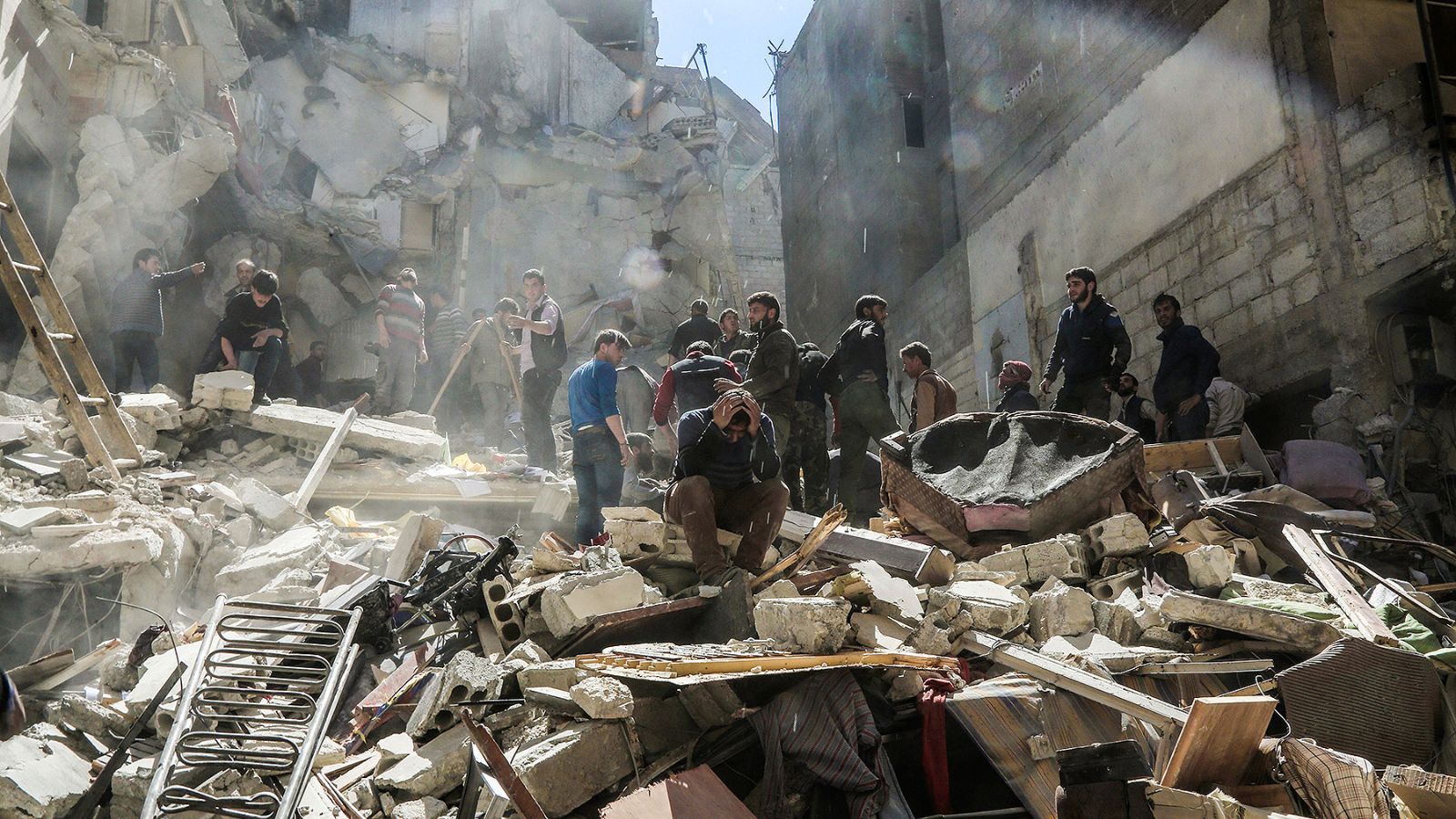The Syrian conflict has been ongoing for 13 years and is considered one of the most complex and destructive crises in the world. With more than 500,000 casualties and over 13 million displaced individuals, which makes up more than half of Syria’s pre-war population, its impact is felt in every aspect of Syrian society. This thorough analysis delves into the various dimensions of the conflict, including its political landscape, socio-economic consequences, international involvement, and resulting humanitarian crisis.
Political Landscape:
Currently, Syrian President Bashar al-Assad controls around 70 percent of the country’s territory, supported by his military forces and Russian air support. However, there are still pockets of resistance, particularly in northwest Syria, where Hay’at Tahrir al-Sham (HTS), a coalition of Islamist militant groups, continue to engage in ongoing combat. At the same time, tensions are rising in northeastern Syria, where the Syrian Defense Forces (SDF), dominated by Kurds, are facing accusations of discrimination from Arab tribes, intensifying internal conflicts. Along the northern border, Turkish forces and their allies are vying for control, resulting in clashes with Kurdish factions and the resurgence of the Islamic State. Amidst this complex landscape, the United States has a military presence with a primary focus on counterterrorism operations, highlighting the geopolitical entanglements that characterize the conflict.
Socio-Economic Crisis:
Aside from its political consequences, the Syrian conflict has caused a prolonged socio-economic crisis, leading to a significant decline in living standards. The country’s already fragile healthcare infrastructure is struggling under the weight of the prolonged conflict, worsened by the compounding effects of the COVID-19 pandemic. Humanitarian aid efforts face obstacles due to logistical challenges and security risks, further worsening the situation for vulnerable populations. The combination of conflict and pandemic magnifies the challenges faced by Syrians, emphasizing the urgent need for sustained international aid and intervention.
International Involvement:
The Syrian conflict extends beyond national borders, involving a wide range of international actors with different interests and alliances. Israel’s periodic attacks on Iranian and Syrian military targets highlight the regional dimensions of the conflict, intertwining with broader geopolitical dynamics. Furthermore, what started as an uprising against the Assad regime in 2011 quickly turned into a proxy war, with global powers supporting opposing factions. The United States and its allies have backed anti-government rebel groups, while Russia and Iran have supported the Syrian government, perpetuating a cycle of violence with far-reaching consequences. As tensions escalate in the region, there is a growing risk of wider conflict, underscoring the urgent need for diplomatic resolution and de-escalation measures.
Humanitarian Crisis:
Amidst the power struggles and military confrontations, the humanitarian toll of the Syrian conflict remains devastating. The displacement crisis in Syria is the largest in the world, with millions of people enduring displacement, deprivation, and hopelessness. Children, in particular, have been the most affected by the brutality of the conflict, facing unimaginable hardships and trauma. The need for humanitarian aid has never been more urgent, with millions relying on external assistance for survival. However, access constraints and security risks make it difficult to deliver essential services, worsening the suffering of vulnerable populations. As the conflict continues, the humanitarian crisis deepens, emphasizing the crucial need for sustained international solidarity and support.
In conclusion, the Syrian conflict is a tragic reminder of the complexities and tragedies of modern warfare. With its devastating impact on human lives and societal structures, the conflict is not easily resolved, deeply entrenched in geopolitical rivalries and power dynamics. Despite the despair, there is still hope, seen in the resilience of the Syrian people and the tireless efforts of humanitarian organizations. As the international community grapples with the enormity of the crisis, renewed commitment to dialogue, diplomacy, and collective action is crucial to pave the way for peace and stability in Syria and the wider region.
By Muskan Pardhi
Back to Insights

